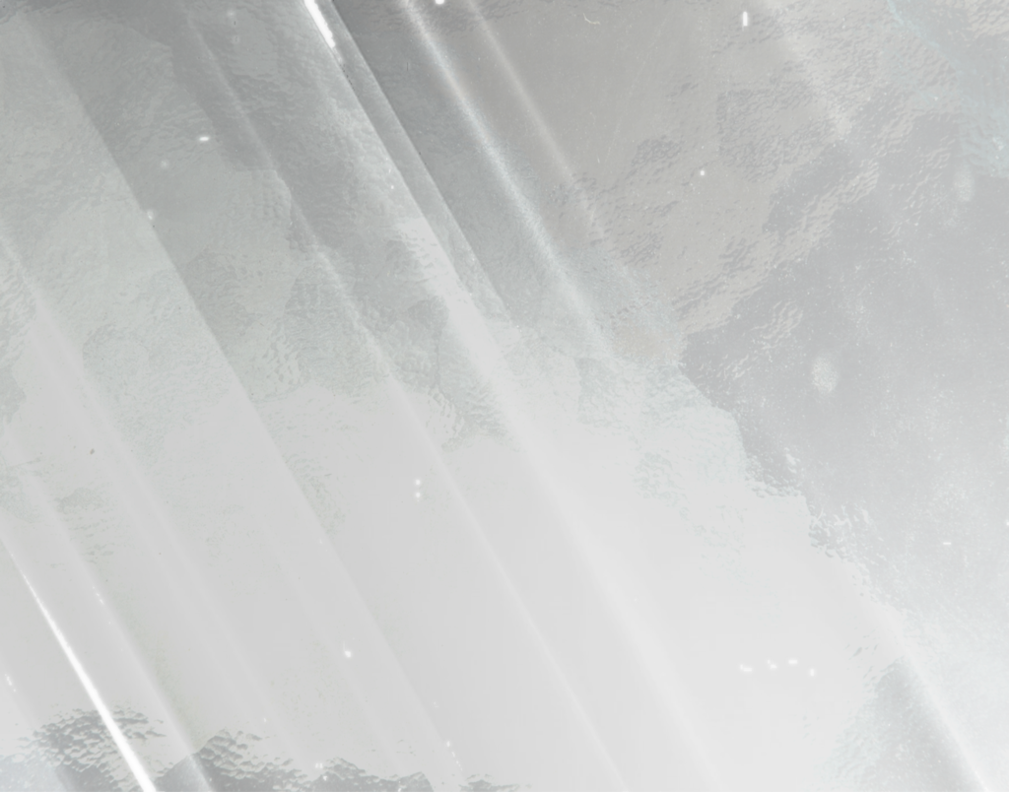

A person with clear and detectable motives, feelings, or thoughts.In most cases, English speakers use transparent, not translucent, while describing: Translucent and transparent are more difficult to distinguish when they describe people, actions, or organizations. Diamonds or other semi-transparent stones.
#Opaque translucent transparent full#
Translucent materials only allow a certain amount of light to pass through, causing refraction or scattering of light that prevents full visibility of the other side. Examples of transparent materials include: Transparent objects allow all light or electromagnetic rays to pass through and create a clearly visible image of the other side. The simplest distinction between these terms involves how easily you can see through an object and visualize the other side. Translucent and transparent are similar adjectives with different meanings. For even more tips, tricks and resources, check out my youtube channel where I help event creatives with easy strategies to enhance their draping skills, so they can attract a higher paying clientele and increase their revenue.What is the difference between translucent and transparent?

If you are looking for more information on choosing the right fabric for your backdrops, check out my other blog where I share the 3 Mistakes that Can Cost You BIG when Choosing the Wrong Backdrop Fabric. These fabrics are on the lighter side as far as weight and are great for blacklight events! Some fabrics that are translucent are mesh, voile, and lame. Event planners usually use this to create an intimate atmosphere. These blends are lighter to the touch and feel silky and smooth.

Translucent This is commonly mistaken for transparent, but the key difference is that translucent fabrics allow only some light through whereas transparent fabric will allow all light to pass through. It comes in a variety of blends such as crushed organza or georgette. Fullness can range from 0-400% which is based on preference as well as how much light you would like to pass through your design. The amount of privacy or light passing through can be adjusted according to the fullness of your design. Event planners usually use sheer fabric to create a romantic atmosphere. Transparent fabric is very light and see-through. Some transparent fabrics are voile, chiffon, organza, and georgette. They are used to block out light and give an elegant mood to an event. These fabrics are heavy to medium weight. Some opaque fabrics are satin, premium sequin, and velvet. Some common uses for opaque fabrics are window coverings, dividers, and backdrop base layers. Opaque fabrics do not allow any light to pass through and have a thicker density. These types of fabrics are not see-through at all and are great for blocking light. It can be hard to navigate through fabric stores, client meetings, and expos without knowing the difference between opaque, transparent, and translucent. Every industry has its own language and the world of fabric and draping is no exception. The problem is that you have no idea what opaque means. The meeting is going great up until the clients ask for a double-layered backdrop with an opaque fabric. Imagine you are in the middle of an event consultation with the biggest client you have ever had.


 0 kommentar(er)
0 kommentar(er)
